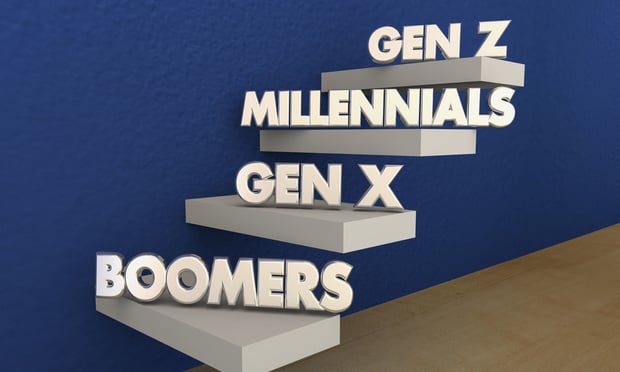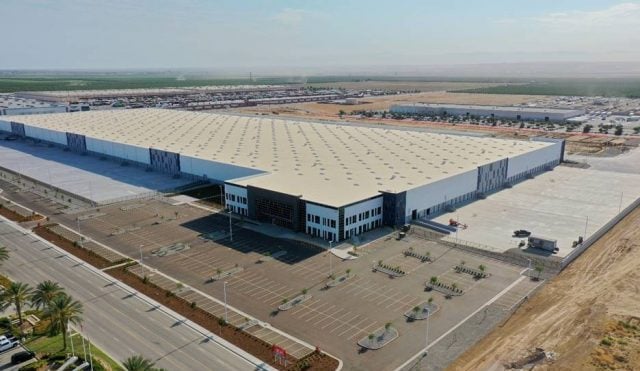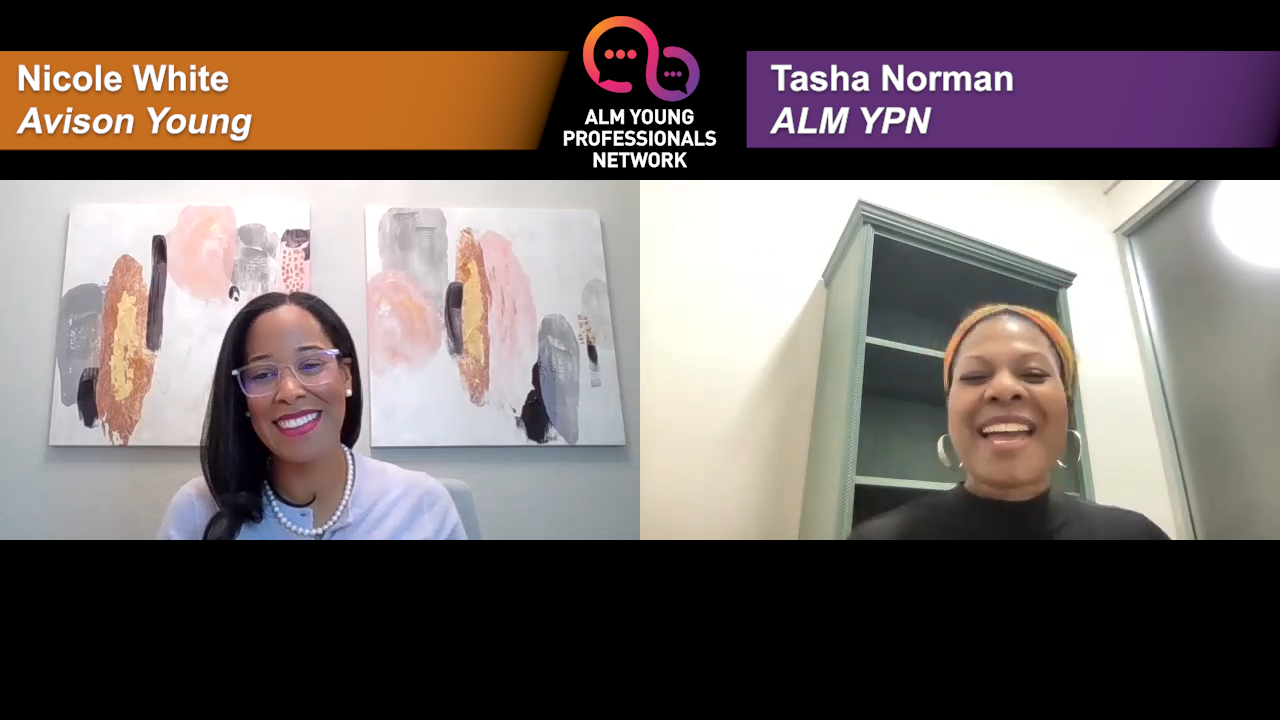MIAMI—Yes, the words “flight to quality” are officially springing up in commercial real estate broker language again. Though it looks a little different in today's market than four years ago, the general movement is the same.
GlobeSt.com caught up with Greg Martin, a principal at Avison Young, to discuss what this means for mid to large-sized office tenants looking to expand, what it means for class B buildings, and more. If you missed part one of this exclusive interview, you can still read “Flight to Quality Makes Buzz Status Again.”
GlobeSt.com: What does this mean for mid to large-sized tenants looking to expand?
Martin: The mid- to large-sized tenants really have to do some strategic mid- and long-term planning. We have had a number of tenants begin to exercise their rights of refusal and offers on vacant space. They are going to have to start being proactive about their future space needs as opposed to reactive.
GlobeSt.com: What does this mean for B class buildings?
Martin: Tenants will continue to seek quality space at an affordable price. I have advised many of my class B owners to invest in their buildings and strive to be the best quality product in the B space sector.
I advise not to focus on competing with the class A space, but rather strive toward eliminating the class B competition by providing an attainable amenity package and implementing upgrades that create a building presentation with the look and feel of a higher quality option specifically for the class B user.
GlobeSt.com: Can you provide your thoughts on how the economic and workforce environments are contributing to the new real estate requirements—for example, higher parking ratios and more efficient workspaces—in the South Florida office market?
Martin: In South Florida, particularly in Broward, we continue to see good activity from a variety of space users, and most of them are seeking higher parking ratios and strong amenities and services for the employees. These companies are competing for quality employees, and they want to have a competitive work place environment to assist in that effort. We continue to see increased employee density and extended work hours once again to accommodate the new Millennial workforce that is somewhat adverse to standard working hours and the traditional office environment.
© Touchpoint Markets, All Rights Reserved. Request academic re-use from www.copyright.com. All other uses, submit a request to [email protected]. For more inforrmation visit Asset & Logo Licensing.






